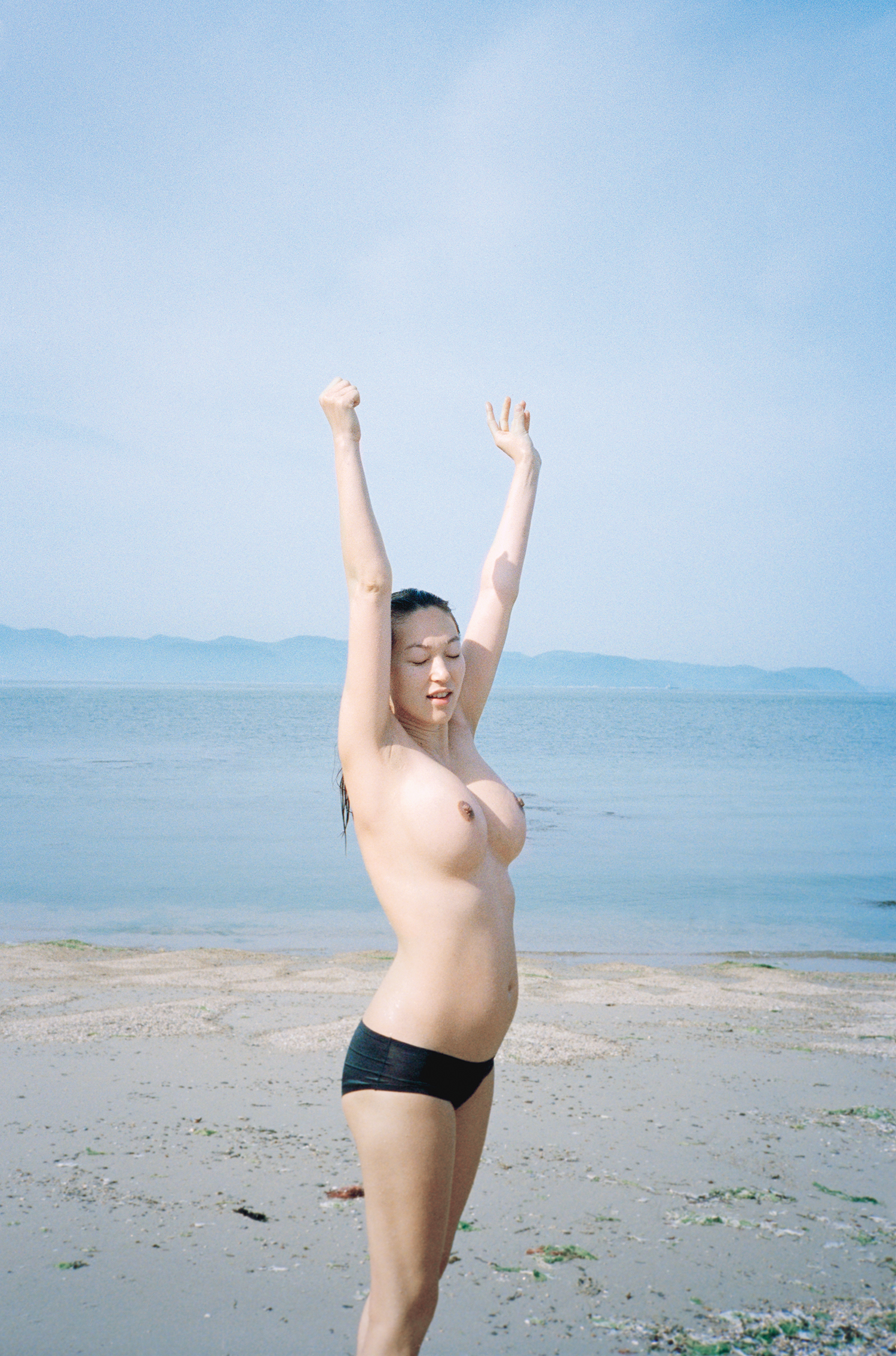Purple Magazine
— Travel F/W 2014 issue 1
Two girls in Shikoku and the Seto Inland Sea _ Japan
 Erika Kurihara on Gotanji Beach, Naoshima
Erika Kurihara on Gotanji Beach, Naoshima
text by ERIKA KURIHARA
photography by AMI SIOUX
There is power in a place where your family has roots — where you can trace the footsteps of generations before you, a place whose mountains and rivers constantly pull you back, recon- necting with the core of your being. when my father passed away in Sweden last year, the first place my mother wanted to be was Matsuyama, on Shikoku, in the south of Japan. It’s close to home, situated among rice paddies and rivers on the outskirts of the city, and her family — the bonds you can never shake off.
Last May, I joined her to celebrate my grand- mother’s 90th birthday. I also asked my friend Ami Sioux to come along, so we could have some adventures together during my stay. Being five months pregnant, I…
-

Taga-Jinja, Uwajima
-

Our little Autozam
-

Erika Kurihara in the onsen of Hotel Okudogo
-

A wooden phallus, Taga-Jinja, Uwajima